This topic describes how to modify the default Brainspace native file whitelist when creating a new dataset with a native connector and for an existing dataset with a native connector.
The default Brainspace native file whitelist is tested and verified. Modifying the default Brainspace whitelist could cause issues when building datasets. If you encounter issues when building datasets with native connectors, see Native Ingest Troubleshooting.
Important
The whitelist is global. Modifications to the whitelist affect all ingests for all datasets that use the native file analysis (NFA) plugin throughout the Brainspace application, not just a specific connector or dataset.
Modify the Brainspace Whitelist When Creating a New Dataset
To modify the default Brainspace whitelist for a new dataset with a native connector:
In the user drop-down menu, click Administration. The Datasets page will open.
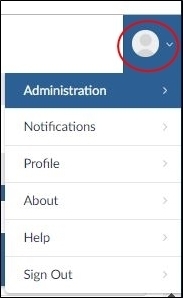
In the Datasets screen, click the Add Dataset button. The New Dataset dialog will open.
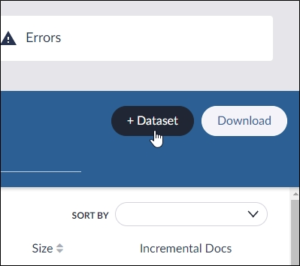
In the New Dataset dialog, type a Dataset Name, and then toggle switches in the Dataset Groups pane to add the new dataset to one or more groups:
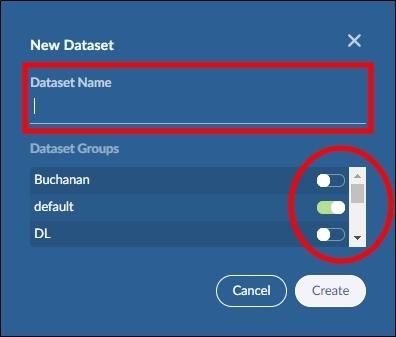
Click the Create button. The Dataset Settings dialog will open.
Click the Choose Connector button:
.png)
The Choose Connector dialog will open.
In the Choose Connector dialog, click the appropriate native connector in the list.
In the Select a Source dialog, click the folder that contains the native documents, and then click the Save and Proceed button.
In the Native Source dialog, click the Browse button. The Select Folder for Path to Native Files dialog will open.
Select a folder, and then click the Select Current Folder button. The Native Source dialog will refresh.
Click the Proceed button. The License Checks dialog will open and run a check on your license document limits.
After Brainspace verifies the license document limits, click the Confirm button. The Field Mapping dialog will open.
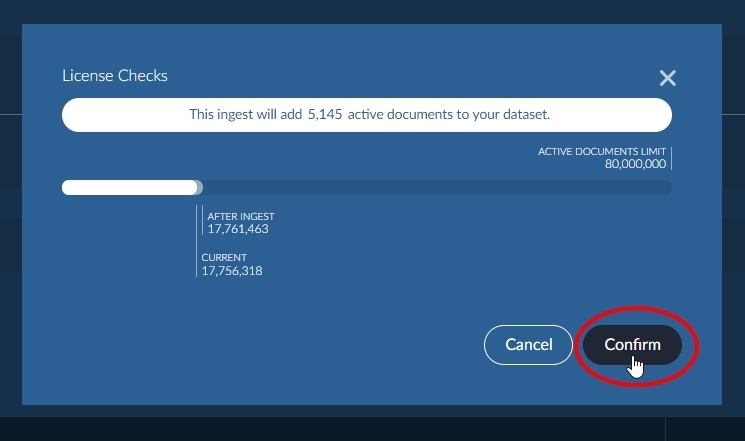
Map the required fields and any additional fields, and then click the Continue button.The Dataset Settings dialog will refresh.
Note
For more information about mapping fields, see Field Mapping Categories and Definitions.
Click the Save button.
Using command-line interface, navigate to /var/lib/brains/.brainspace/plugins/natives-plugin-6.1.0/native-doc-whitelist.txt.
Edit the native-doc-whitelist.txt file, and then save the whitelist in the same directory location.
Return to the Dataset Setting dialog in the Brainspace graphical-user interface, and then click the Build button. The Dataset Build Options dialog will open.
Choose a build option, and then click the Run This Build Type button. The Schedule Build dialog will open.
Click the Build as soon as possible button.
Note
If you choose to build the dataset in the future, click the Schedule Build Time field, select a date and time, and then click the Save button.
The Datasets page will refresh and show the Dataset Queue build in progress:
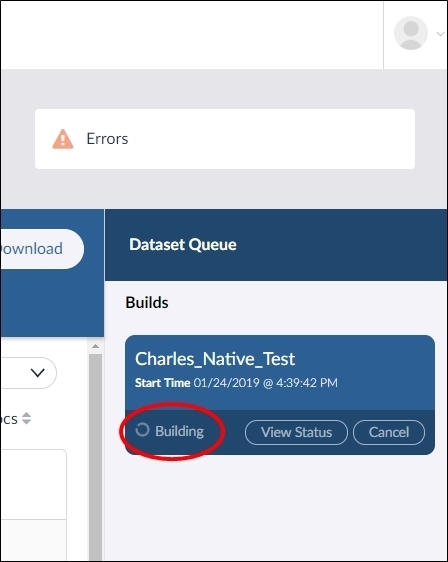
While the build is in progress, you can click the View Status button to view the build steps in progress.
After the build completes successfully, the new dataset will move from the Dataset Queue to the list of active datasets in the Datasets page.
Modify the Brainspace Whitelist for an Existing Dataset
Note
The default Brainspace native file whitelist is tested and verified. Modifying the default Brainspace whitelist could cause issues when building datasets. If you encounter issues when building datasets with native connectors, see Native Ingest Troubleshooting.
To modify the default Brainspace whitelist for an existing dataset with a native connector:
Using command-line interface, navigate to /var/lib/brains/.brainspace/plugins/natives-plugin-6.1.0/native-doc-whitelist.txt.
Edit the native-doc-whitelist.txt file, and then save the whitelist in the same directory location.
In the user drop-down menu of the Brainspace graphical-user interface, click Administration:
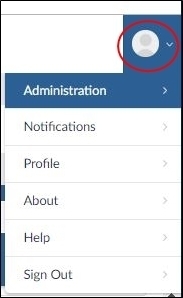
The Datasets page will open.
Locate the dataset in the Datasets list, and then click the dataset. The Dataset Setting dialog will open.
Click the Build button.The Dataset Build Options dialog will open.
Choose a build option, and then click the Run This Build Type button. The Schedule Build dialog will open.
Click the Build as soon as possible button.
Note
If you choose to build the dataset in the future, click the Schedule Build Time field, select a date and time, and then click the Save button.
The Datasets page will refresh and show the Dataset Queue build in progress:
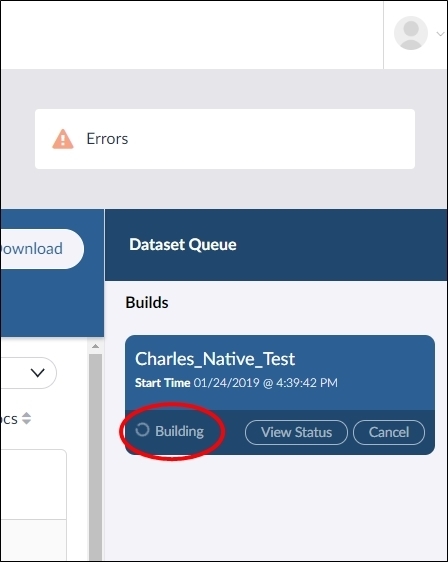
While the build is in progress, you can click the View Status button to view the build steps in progress.
After the build completes successfully, the new dataset will move from the Dataset Queue to the list of active datasets in the Datasets page.